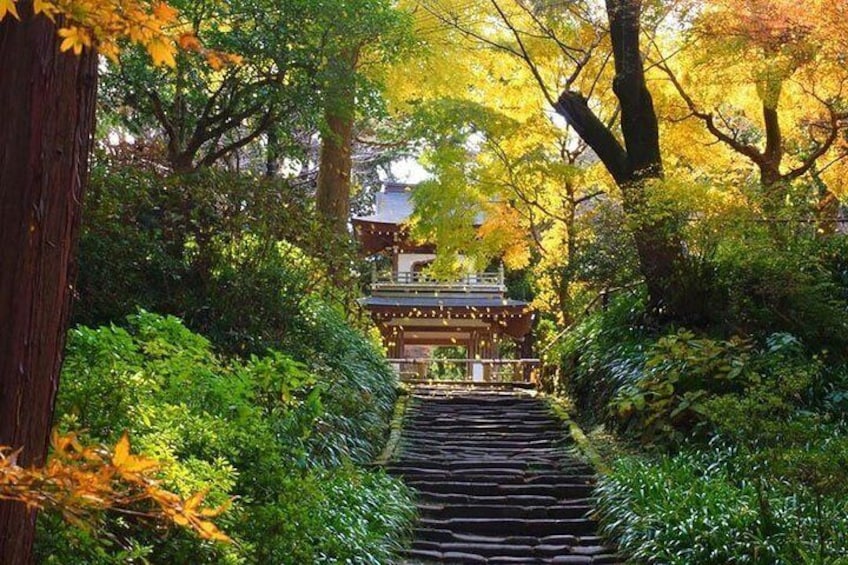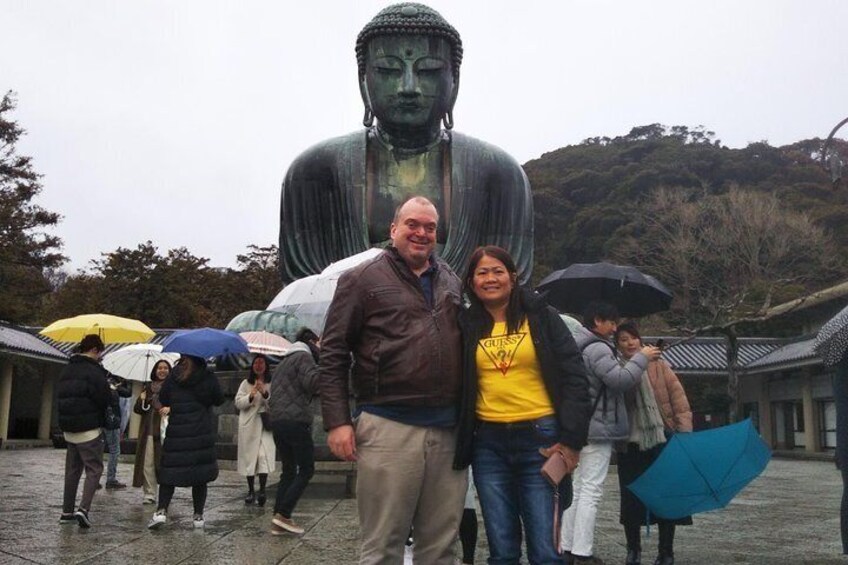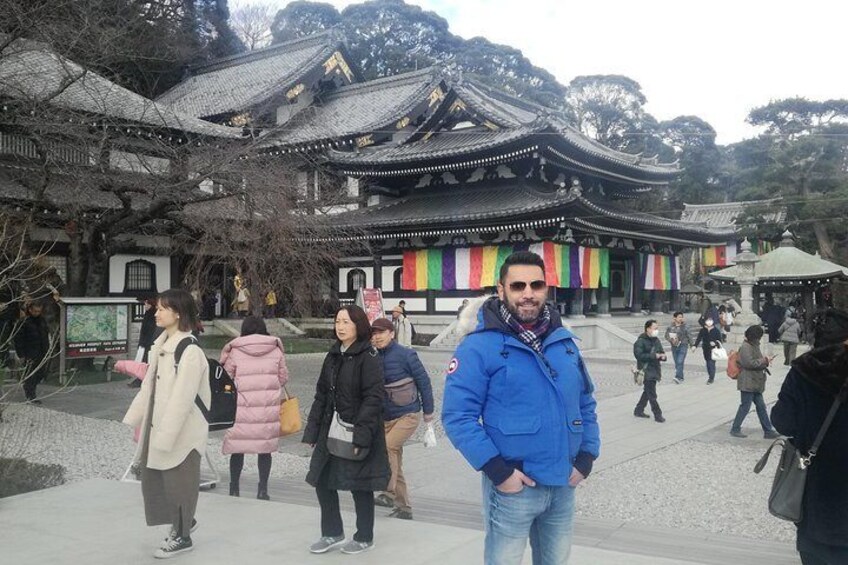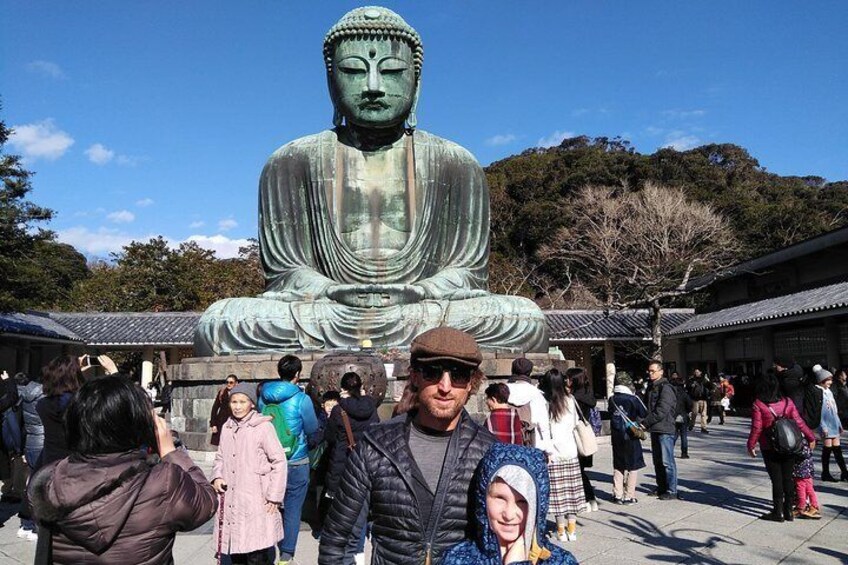Members save 10% or more on over 100,000 hotels worldwide when you’re signed in





Kamakura Zen Temples and Gardens Private Trip with Government-Licensed Guide
10/10
10 out of 10Features
- Free cancellation available
- 6h
- Mobile voucher
- Instant confirmation
- Selective hotel pickup
- Multiple languages
Overview
Kamakura is considered the Capital of Zen. If you are interested in a more efficient way to explore Kamakura, with a government-licensed and experienced multilingual tour guide, this value-packed trip is a fantastic way of experiencing Kamakura!
Kamakura is a place famous for Zen Buddhism. This style of Buddhism blossomed in this area around the end of the 13th century. These days, there are many Zen temples in the Kamakura area, and we have selected the top five for you to experience the world of Zen Buddhism, the art of meditation and great gardens.
Let us know what you would like to experience, and your guide will arrange a six-hour tour that's best for you!
Note1: Please select your must-see spots from a list in the tour information to create your customised itinerary.
Note2: The National Government Licensed Guide Interpreter certification is issued by the Japanese government requires a good knowledge and understanding of Japanese culture and history.
Activity location
- Engaku-ji Temple
- 409 Yamanouchi,
- 247-0062, Kamakura, Kanagawa Prefecture, Japan
Meeting/Redemption Point
- Engaku-ji Temple
- 409 Yamanouchi,
- 247-0062, Kamakura, Kanagawa Prefecture, Japan
Check availability
Kamakura Zen Temples and Gardens Private Trip with Government-Licensed Guide
- 6h
- English
Pickup included
What's included, what's not
- Customisable Walking Tour of your choice of 3-4 sites from 'What to expect' list
- Licensed Local English Speaking Guide
- eet up with guide on foot within designated area of Kamakura/Yokohama
- Transport fees, Entrance fees, Lunch, and Other personal expenses
- Private transport
- You cannot combine multiple tour groups.
- Guide Entry fees are only covered for sights listed under What to Expect.
Know before you book
- Service animals allowed
- Public transport options are available nearby
- Infants and small children can ride in a pram or stroller
- All areas and surfaces are wheelchair accessible
- Transport options are wheelchair accessible
- Wheelchair accessible
- Suitable for all physical fitness levels
- This is a walking tour. Pick up is on foot.
Activity itinerary
Engaku-ji Temple
- 30m
- Admission ticket not included
Kencho-ji Temple
- 30m
- Admission ticket not included
Meigetsuin (Hydrangea Temple)
- 30m
- Admission ticket not included
Jochiji Temple
- 30m
- Admission ticket not included
Jomyo-ji Temple
- 30m
- Admission ticket not included
Hokokuji Temple (Takedera Temple)
- 30m
- Admission ticket not included
Kotoku-in (Great Buddha of Kamakura)
- 30m
- Admission ticket not included
Tsurugaoka Hachimangu Shrine
- 1h
Zeniarai Benten Shrine
- 30m
Enoshima Island
- 30m
Ankokuronji Temple
- 30m
- Admission ticket not included
Hase-dera Temple
- 30m
- Admission ticket not included
Zuisenji
- 30m
- Admission ticket not included
Myohonji Temple
- 30m
- Admission ticket not included
Kamakura Hiking Trails
- 1h
Tokeiji Temple
- 30m
- Admission ticket not included
Jufukuji Temple
- 30m
- Admission ticket not included
Location
Activity location
- Engaku-ji Temple
- 409 Yamanouchi,
- 247-0062, Kamakura, Kanagawa Prefecture, Japan
Meeting/Redemption Point
- Engaku-ji Temple
- 409 Yamanouchi,
- 247-0062, Kamakura, Kanagawa Prefecture, Japan